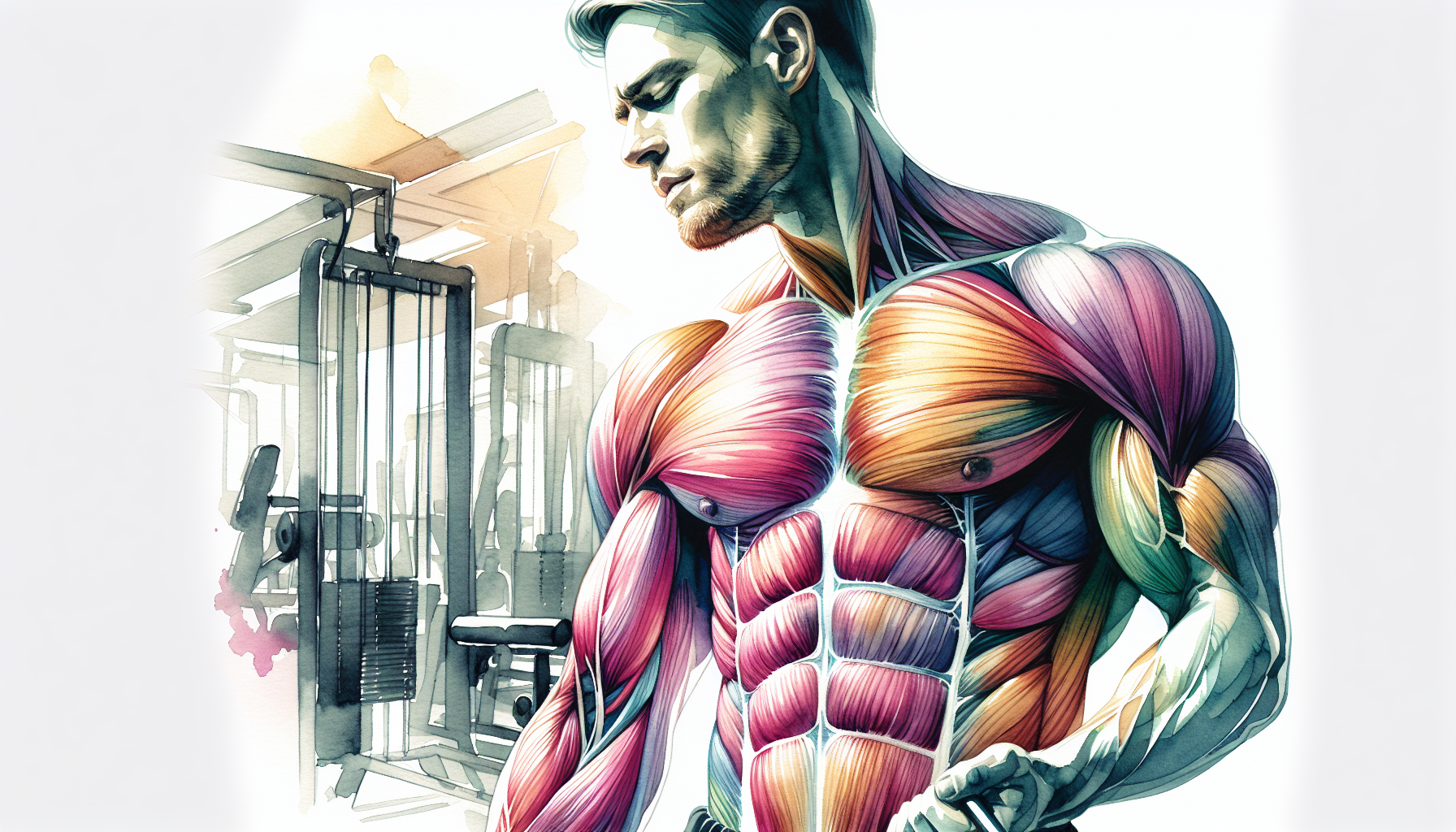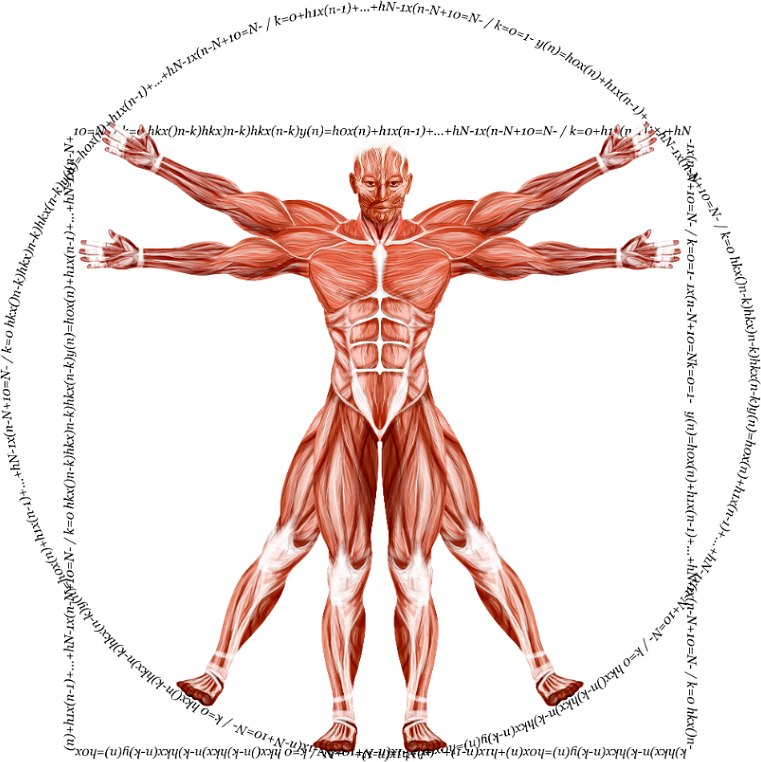Unleash Your Potential: The Life-Changing Benefits of Core Strength
Unlock the transformative benefits of core strength exercises to improve balance, reduce injuries, and elevate your fitness journey.

Key Takeaways
- Core strength is essential for functional movement, stability, and strength.
- Strengthening the core improves posture, reduces fatigue, and helps in daily activities such as bending, twisting, and carrying objects.
- Regular core training reduces risks of injuries, particularly lower back pain and falls among older adults.
- Core exercises vary widely, offering options for beginners through advanced athletes without requiring specialized equipment.
- A strong core positively influences breathing, balance, and even athletic performance.
Core strength is the foundation of physical fitness, influencing nearly every movement your body performs. At its core (no pun intended), the “core” refers to a complex group of muscles, including the rectus abdominis (the “six-pack" muscles), transverse abdominis, obliques, pelvic floor muscles, and the muscles along the spine such as the erector spinae. These muscles work together to create a stable base for movement, power generation, and overall control of the body.
A robust core does more than just improve athletic performance—it significantly enhances daily life. Whether you're lifting groceries, playing with children, or sitting upright at your desk, strong core muscles reduce fatigue, improve posture, and allow for more efficient movement. But the benefits don’t stop at movement: core strength is also tied to reducing injury risks, improving breathing, and even optimizing balance.
This article breaks down the importance of core strength, debunks common myths, and provides accessible insights to help everyone improve their functional fitness.
What Exactly Is the "Core"?
Many people mistakenly believe the core is a synonym for the abs, but it actually encompasses far more. The "core" includes:
- Front Muscles: Rectus abdominis, transverse abdominis, and obliques.
- Back Muscles: Spinal erectors, multifidus, and other supporting muscles along the spine.
- Side/Supporting Muscles: Internal and external obliques.
- Pelvis and Glutes: These muscles function synergistically with the core for stabilization.
Your core connects your upper and lower body, forming the central link that powers nearly all movements. Imagine trying to lift an object without the support of your core—it’s nearly impossible to generate force or maintain balance effectively.
Enhanced Stability and Balance: The Core in Motion
Your core muscles are your body’s stabilizers, working every time you move, stand, or change positions. Let’s break this down further into why core strength directly influences balance and stability.
Creating Dynamic Stability
Stability refers to your body's ability to maintain posture during both movement and stillness. A strong core stabilizes your pelvis and torso to prevent excessive swaying or collapsing when performing everyday activities. For example, climbing stairs or stepping onto uneven terrain forces your core to stabilize, whether you realize it or not.
Balance for Daily Life and Athletes
For older adults, maintaining balance is critical. Core strength helps counteract the natural decline in muscle mass and stability that occurs with age. Exercises like standing on one leg while engaging the core help improve proprioception—the body’s ability to sense its position in space.
Athletes also rely heavily on core stability to optimize performance. Activities like martial arts kicks or tennis swings require a controlled, stable core to deliver power without losing balance.
Increased Muscle Engagement: How Core Moves Work Differently
Unlike many exercises that target single muscles, core-strengthening movements engage multiple groups simultaneously. But how exactly does this benefit the body?
The Science of Compound Engagement
Take the plank, for example. While it appears to target the abs predominantly, it also engages the shoulders, chest, glutes, and back. Compound exercises like squats and deadlifts don’t merely build leg strength but also rely on the core to stabilize the load, preventing injury and improving alignment.
Energy Expenditure and Calorie Burn
Core exercises enhance calorie burn and metabolic efficiency compared to isolation training. This is because when several muscle groups engage simultaneously, the body expends more energy. Higher energy output also means greater fat burning, which contributes to overall fitness.
Everyday Impacts
You may notice subtle benefits from increased core muscle engagement in everyday life. Carrying heavy grocery bags, gardening, or bending to tie your shoes involve multiple muscle groups that rely on the core as their stabilizing anchor. By strengthening this foundation, these tasks feel easier and place less strain on your body.
Reduced Risk of Lower Back Injuries: Back to Basics
Lower back pain is one of the most common musculoskeletal complaints worldwide, and the root cause is often a weak core. Strengthening your core can protect your lower back and significantly reduce the risk of injury. Here's why.
The Core as Your Natural Brace
Imagine your core acting like a corset, wrapping around your midsection to stabilize your spine. Strong transverse abdominis muscles (the deepest layer of abdominal muscles) provide this bracing effect, supporting the lower back under pressure.
Injury Prevention
Poor posture or improper weightlifting often strains the lower back. Strengthening core stabilizers—through exercises like bird-dogs or dead-bugs—not only builds muscle resilience but also teaches proper movement mechanics. When you lift a heavy object with a supported, stable core, you distribute force evenly rather than overburdening your lower back.
Rehabilitation and Recovery
For those recovering from lower back injuries, gentle core exercises like pelvic tilts and side-planks can rebuild strength and resilience while reducing pain. This makes core work an integral part of ongoing physical therapy for conditions like herniated discs or chronic lower back pain.
Versatile Exercise Options: The Core for Everyone
Core training isn’t limited to gym-goers or athletes. From low-impact beginner movements to extreme stabilization exercises, core workouts offer options for everyone.
Bodyweight Works Wonders
- Beginner-Friendly Options: Planks, bridges, and wall sits require no equipment and target deep stabilizers like the transverse abdominis.
- Intermediate Movements: Side planks or stability ball crunches add dynamic control and challenge stability.
- Advanced Options: Try exercises like single-arm planks or weighted deadlifts to build power and precision while targeting the entire chain of core muscles.
Core Work in Everyday Life
Even recreational activities—like swimming, cycling, or paddleboarding—engage the core as you maintain balance and direction. Hiking with a backpack also naturally engages the trunk muscles as you navigate uneven paths.
In the Gym or Office
Don’t forget simple tweaks! Sitting on a stability ball at your desk can promote subconscious core engagement. Meanwhile, gym machines like cable pulleys (for anti-rotational exercises) offer clean but effective challenges.
Core Strength for Flexibility and Motion
A conditioned core not only provides strength but also boosts flexibility, particularly in the spine and hips. Movements like Russian twists or medicine ball throws reinforce rotational strength, improving functionality in sports like golf or baseball.
Rotational mobility also aids in daily life. Think of turning to grab a heavy object off a high shelf—these small, unloaded actions become safer and smoother when your range of motion is intact. Pairing rotational core exercises with stretches improves both flexibility and stability.
Core Strength and Breathing Efficiency
The muscles of the core also work hand-in-hand with your diaphragm, enabling efficient breathing. When the core is stabilized, the diaphragm is free to expand and contract fully, increasing oxygen intake. This is especially useful during endurance or high-intensity workouts, where proper breathing mechanics are critical.
Correct posture, supported by a strong core, further optimizes lung performance. Slouched postures compress the lungs, limiting the depth of each breath. In contrast, a neutral spine allows your chest to expand more freely, improving oxygen flow and energy levels.
Myth-Busting: Core Strength Unveiled
Myth 1: “Crunches Are the Best Core Exercise”
While crunches isolate certain abdominal muscles, they do not target deeper stabilizers like transverse abdominis, nor do they engage the back or glutes effectively. Instead, planks, dead-bugs, or anti-rotational movements provide a more rounded core workout.
Myth 2: “Women Should Avoid Core Work While Pregnant”
While certain exercises like crunches may be unsafe for pregnant women, many modified core-strengthening exercises (like bird-dogs or wall planks) are beneficial. They improve core control, support the spine under the weight of the baby, and prepare the body for labor.
Myth 3: “You Need Equipment for Good Core Training”
As noted earlier, some of the best core exercises require little to no equipment. A yoga mat and your own body weight are all you need for an effective, well-rounded core workout.
Why Focus on Core Strength?
Core strength is more than just about achieving a fit appearance; it’s the unseen thread that ties physical fitness, functional movement, and injury prevention together. It impacts daily life in ways you may not notice—helping you sit taller, move with greater stability, and perform even the simplest tasks more efficiently. Whether it's lifting a grocery bag or excelling in sports, a strong core provides the foundation for it all.
One hidden benefit of core training is how it indirectly improves breathing. A strong core ensures proper alignment of the spine and ribcage, allowing the diaphragm to work efficiently—leading to deeper, more effective breaths during exercise and everyday activities. This integration of stability and breathing is often overlooked yet vital to total-body health and wellness.
If this journey to improve your core strength feels overwhelming, you’re not alone. Many readers struggle with knowing where to start, creating consistency, or optimizing workouts for results. That’s where the power of automation comes in. Tools like the Dr. Muscle app combine scientific principles, personalization, and ease of use to guide you through your fitness journey.
Ready to get started? Dr. Muscle automates everything described here—and more—to help you get in shape faster and with less effort. With smart, personalized workout plans, it's like having a top-tier trainer right in your pocket. Try it free today!
FAQ
What’s the fastest way to build core strength?
Combine compound exercises (like squats) with core-specific movements (like planks) performed 2–3 times a week. Pair with proper nutrition to fuel overall strength gains.
Can I train my core every day?
While small stabilizing exercises can be done daily, avoid overtraining. Core muscles need time to recover after intense workouts, just like any other muscle group.
Will core exercises flatten my stomach?
Core training strengthens the muscles but doesn’t directly burn belly fat. Fat loss happens through a combination of strength training, cardio, and a healthy diet.
